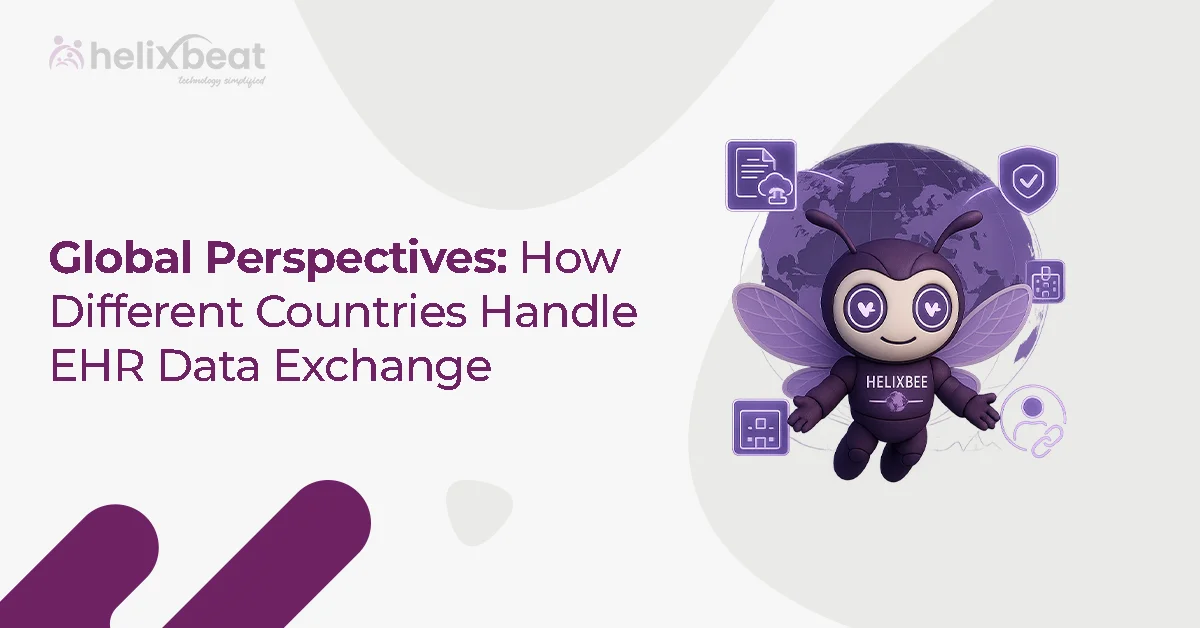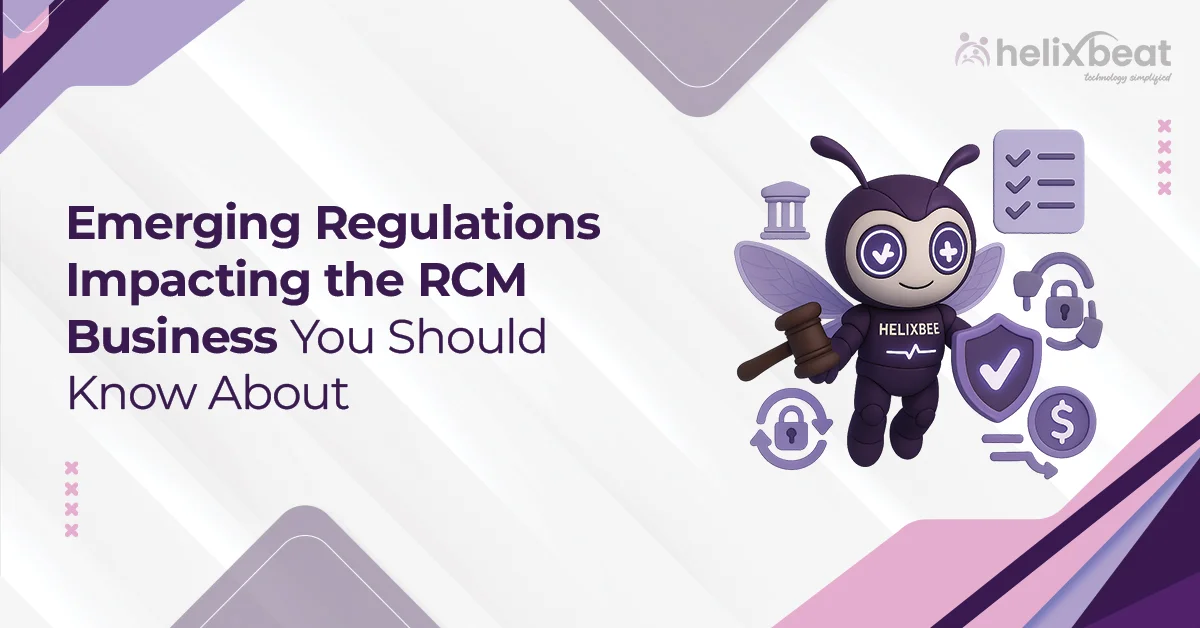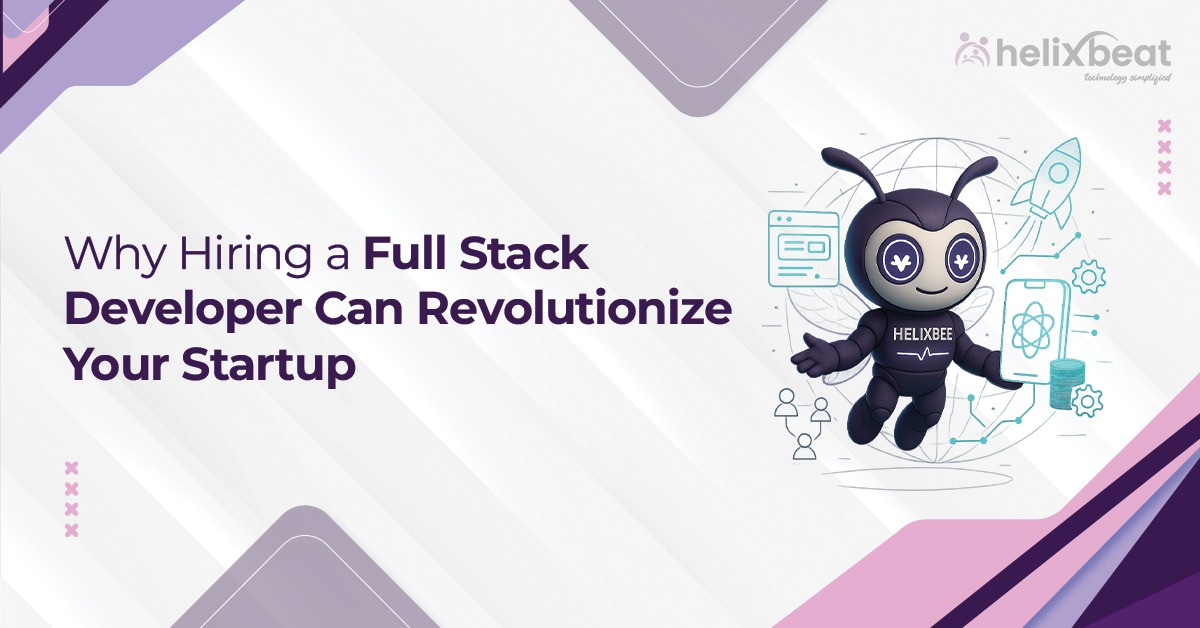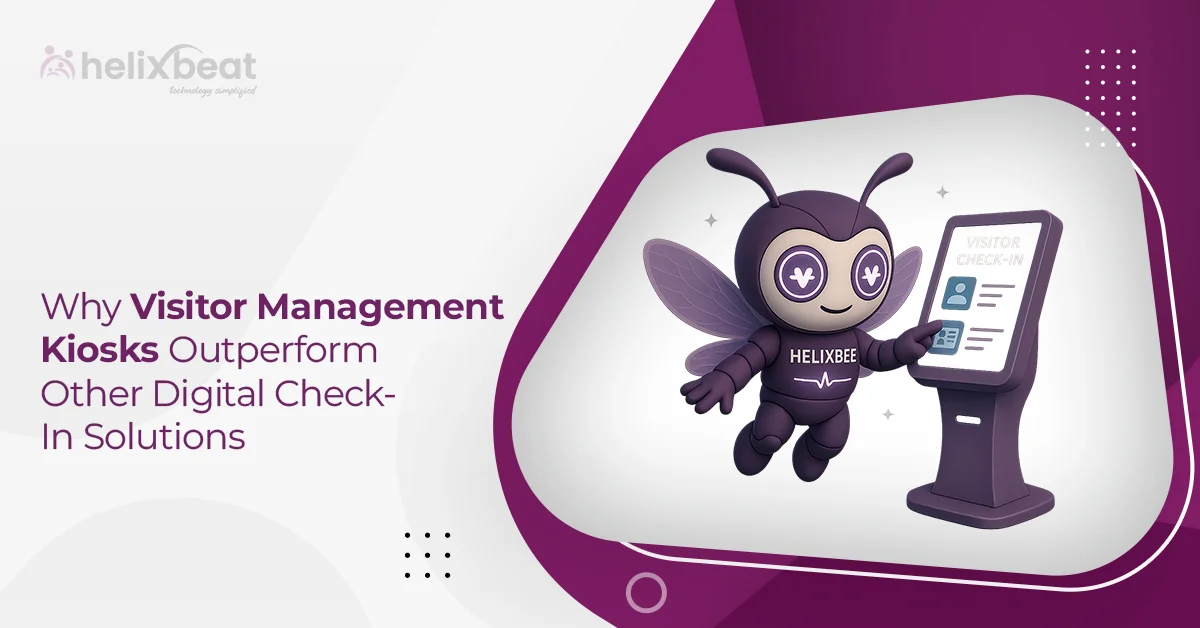Launching a product these days makes you feel like managing a hundred things at once: different teams, large data, tight deadlines, and the pressure to keep quality products. Without the right tools, it’s easy to get confused and end up with delays or mistakes.
That’s why product lifecycle management tools play a significant role in handling product development. They bring everything together in one place, help your team communicate better, and keep the whole product process under one roof.
With the right PLM software, you’ll speed up your development, avoid errors, and launch a product before competition arises. It also works as a secret winning formula for businesses to stay ahead in a competitive market and succeed.
In this blog, you’ll learn more about Product Lifecycle Management Tools and how to choose the best one for your business needs.

Table of Contents
Short Note on Product Lifecycle Management Tools
Product Lifecycle Management (PLM) tools are software systems that help businesses manage every step of a product’s life, from the initial idea and design to manufacturing, delivery, and even retirement.
These tools keep all product information organized in one place, making it easier for teams to collaborate, track changes, and maintain quality throughout the process. PLM tools help reduce mistakes, speed up development, and make sure products meet customer needs and industry standards.
Main features to Look for in a PLM Tool
Choosing the right PLM tool means finding features that match how your software development team works. Here are the key features to focus on that make collaboration, quality, and project management easier.
1. Centralized Data Management
The development team stores all project specs, design documents, and code versions in one place so everyone works with the latest information without confusion.
2. Collaboration Tools
Product managers, developers, and QA teams use the PLM platform to share feedback instantly, discuss bugs, and track feature requests all in one system.
3. Integration with Other Systems
The PLM software connects seamlessly with project management tools like Jira and version control systems like Git, keeping workflows smooth and automated.
4. Change and Version Control
Every code update or design tweak is tracked with version history, so the team can easily roll back if a change causes issues.
5. Quality and Compliance Management
The PLM tool helps the company track software testing results and ensures the product meets industry standards or client requirements before release.
6. Scalability and Customization
As the company grows and takes on more complex projects, the PLM tool scales up and adapts workflows to fit different development methodologies like Agile or DevOps.
7. Cloud Access and Mobility
Remote developers and global teams access the PLM software from anywhere, allowing real-time collaboration without being tied to a single location.
8. Reporting and Analytics
Managers use reports from the PLM tool to monitor project progress, identify delays, and allocate resources more effectively.
Best Product Lifecycle Management Tools in 2025
Choosing the right PLM software depends on your industry, company size, and unique needs. Here is a detailed look at top Product lifecycle management tools in 2025, with why they are needed and how they help businesses succeed:
A. Enterprise-Grade PLM Solutions
1. Infor CloudSuite PLM for Process (Optiva)
Infor CloudSuite PLM for Process is designed for complex manufacturing environments needing strong process integration and control. It supports industries like chemicals, pharmaceuticals, and food processing with customized features.
Why it’s required:
• Needed for large manufacturers with complex process-driven production.
• Provides tight control over every stage of product development and supply chain.
How it’s used:
• Centralizes process data and integrates with manufacturing systems.
• Automates workflows to improve quality, speed, and reduce costs.
2. Oracle Fusion Cloud SCM (PLM Module)
Oracle Fusion Cloud SCM provides a robust cloud-based PLM solution integrated tightly with supply chain management. It suits large enterprises looking for a unified platform to manage product lifecycles and operations.
Why it’s required:
• Demands scalable, unified solutions to manage product lifecycle and supply chain.
• Supports procurement and production collaboration.
How it’s used:
• Connects product design, procurement, and production teams on a cloud platform.
• Enables real-time updates, collaboration, and compliance tracking.
B. Cloud-Native & Versatile Platforms
3. Arena PLM (by PTC)
Arena PLM is a leading cloud-based PLM platform favored by fast-growing businesses needing real-time collaboration and data control. It’s well-suited for electronics, medical devices, and high-tech industries.
Why it’s required:
• Supports fast-growing companies needing flexible, cloud-based tools.
• Helps connect dispersed teams and accelerate development.
How it’s used:
• Enables instant sharing of product data and change tracking.
• Facilitates collaboration on BOMs from design to delivery.
4. KloudPLM
KloudPLM offers an affordable and customizable PLM solution designed especially for mid-sized companies wanting quick implementation without heavy IT support.
Why it’s required:
• Ideal for mid-sized businesses seeking affordable, customizable PLM.
• Avoids complex setups and heavy IT overhead.
How it’s used:
• Manages product data, workflows, and approvals online.
• Improves cross-team coordination and speeds up adoption.
5. Specright
Specright focuses on specification management, helping companies keep detailed product specs organized and updated in a cloud environment. It’s popular in packaging, manufacturing, and retail sectors.
Why it’s required:
• Needed by companies with complex product specifications.
• Centralizes control and updates of product details.
How it’s used:
• Allows creation, storage, and management of detailed specs in the cloud.
• Ensures consistent communication across suppliers and partners.
C. Fashion & Consumer Goods Focused PLMs
6. BlueCherry PLM
BlueCherry PLM specializes in fashion and apparel, offering tools that support rapid design cycles, sourcing, and production management tailored to the industry.
Why it’s required:
• Helps fashion industry meet rapid design cycles and trend changes.
• Supports close supplier collaboration.
How it’s used:
• Automates design approvals, material sourcing, and manufacturing timings.
• Helps brands speed up market launches.
7. WFX PLM
WFX PLM delivers a full-suite PLM solution designed for retail and consumer goods brands, focusing on tech pack management and vendor collaboration.
Why it’s required:
• Needed for end-to-end product development and vendor workflows.
• Supports retailers and consumer goods companies.
How it’s used:
• Organizes tech packs, samples, and order tracking.
• Enables seamless communication between designers and manufacturers.
8. Techpacker
Techpacker is a user-friendly platform for fashion teams to create and manage tech packs efficiently, reducing errors and speeding up product development.
Why it’s required:
• Provides a simple way to organize product details without heavy IT.
• Ideal for fashion teams wanting fast and easy tech pack management.
How it’s used:
• Enables creation, sharing, and updating of tech packs collaboratively.
• Reduces mistakes and minimizes development cycles.
D. Regulated & Compliance-Heavy Industries
9. Trace One PLM Suite
Trace One PLM Suite is designed for food, beverage, and other regulated industries where compliance and safety tracking are critical.
Why it’s required:
• Supports compliance with strict safety and quality standards.
• Essential for regulated sectors like food and beverage.
How it’s used:
• Manages ingredient specs, quality checks, and audit trails.
• Helps keep products compliant and safe for consumers.
10. Dot Compliance
Dot Compliance offers strong regulatory documentation and compliance management, making it suitable for heavily regulated sectors like pharmaceuticals and chemicals.
Why it’s required:
• Needed for industries with heavy regulatory and documentation needs.
• Prevents costly violations and non-compliance risks.
How it’s used:
• Centralizes compliance documents and tracks changes.
• Maintains up-to-date certifications and regulatory reports.
5 Questions to Ask Before Choosing PLM Tools For Your Businesses
1. Does the PLM tool fit your industry needs?
Different industries like manufacturing, fashion, or regulated sectors have unique requirements. Make sure the PLM software supports your specific workflows and compliance needs.
2. How well does it integrate with your existing systems?
Check if the PLM tool connects smoothly with your current software like CAD, ERP, or project management platforms to avoid data silos and manual work.
3. Is the tool scalable and customizable?
Your business will grow and change. Choose a PLM solution that can scale with you and adapt to your unique processes without heavy IT involvement.
4. What kind of user support and training is available?
Successful adoption depends on your team understanding and using the tool effectively. Ensure the vendor offers good onboarding, training, and ongoing support.
5. How secure and compliant is the software?
Data security and regulatory compliance are critical, especially in sensitive industries. Verify the PLM software has strong security measures and meets relevant standards.
How to Implement Product Lifecycle Management Tools the Right Way
To implement product lifecycle management tools in your business, follow the points given below:
- Set clear goals to guide your PLM implementation.
- Involve all key teams from the start for better collaboration.
- Choose a PLM tool that fits your industry and systems.
- Create a detailed plan covering timelines and responsibilities.
- Train your teams thoroughly and provide ongoing support.
- Monitor results and make improvements regularly.
Final Thoughts
Choosing and implementing the right product lifecycle management tools can significantly improve your product development process, improve collaboration, and speed up time-to-market. By focusing on your specific business needs and following a clear implementation plan, you set your company up for lasting success.
If you’re looking for expert support in selecting and deploying PLM solutions. In that case, Helixbeat’s product development services offer customized guidance and hands-on assistance to help you optimize your workflows and drive innovation.
Working with Helixbeat helps make your Product Lifecycle Management journey easy, efficient, and focused on what your business really needs.
FAQ:
1. What does PLM stand for?
PLM stands for Product Lifecycle Management, which refers to managing the entire lifecycle of a product from idea and design to manufacturing, usage, and disposal.
2. What is PLM engineering?
PLM engineering is managing all engineering data and processes using PLM tools to streamline design, collaboration, and production from start to finish.
3. Is SAP a PLM software?
Yes, SAP offers a PLM software solution as part of its enterprise software suite, helping businesses manage product data, processes, and collaboration.
4. What is an example of a PLM software?
Examples of PLM software include Arena PLM, Infor CloudSuite PLM, Oracle Fusion Cloud SCM (PLM Module), and BlueCherry PLM.
5. Which PLM is best?
The best PLM depends on your industry and business needs, but popular options in 2025 include Infor CloudSuite PLM, Oracle Fusion Cloud SCM, and Arena PLM.
6. What is the product life cycle in software project management?
In software project management, the product life cycle refers to stages like planning, development, testing, deployment, maintenance, and retirement of a software product.













